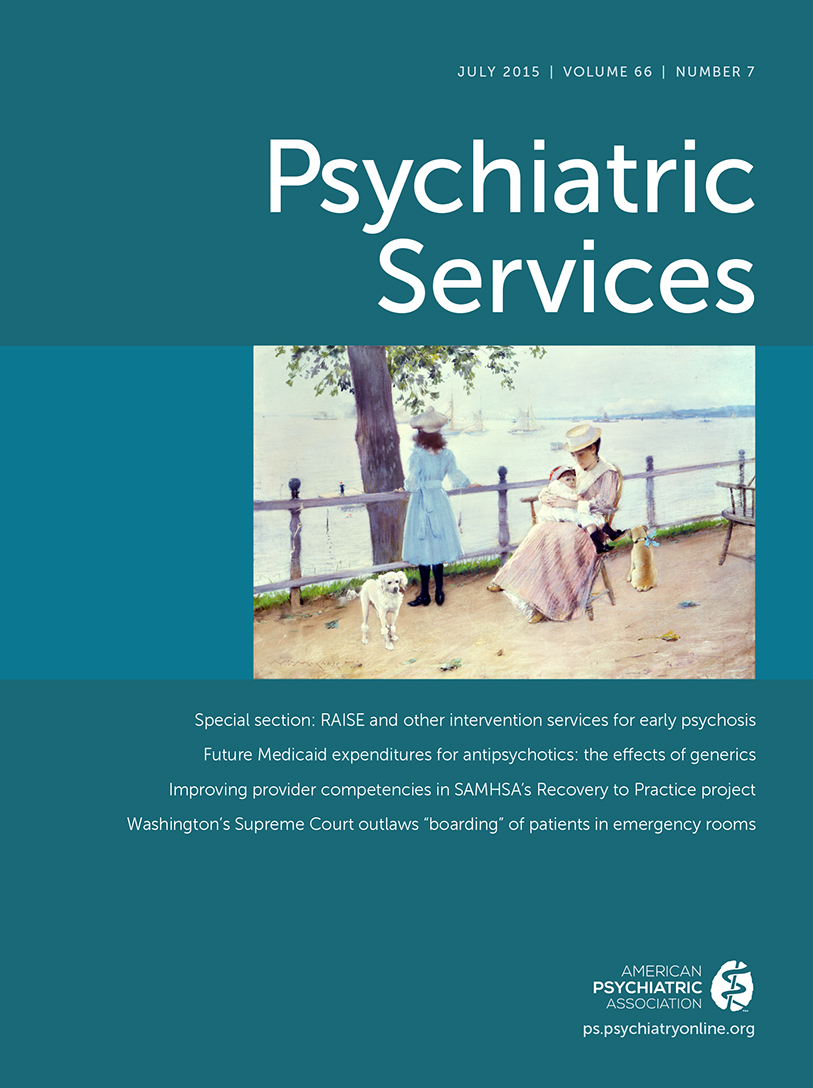Implementing Coordinated Specialty Care for Early Psychosis: The RAISE Connection Program
Abstract
Objective:
The RAISE (Recovery After an Initial Schizophrenia Episode) Connection Program Implementation and Evaluation Study developed tools necessary to implement and disseminate an innovative team-based intervention designed to promote engagement and treatment participation, foster recovery, and minimize disability among individuals experiencing early psychosis. This article describes the treatment model and reports on service utilization and outcomes. It was hypothesized that individuals’ symptoms and functioning would improve over time.
Methods:
A total of 65 individuals in RAISE Connection Program treatment across two sites (Baltimore and New York City) were enrolled and received services for up to two years. Primary outcomes, including social and occupational functioning and symptoms, were evaluated. Trajectories for individuals’ outcomes over time were examined with linear and quadratic mixed-effects models with repeated measures.
Results:
Measures of occupational and social functioning improved significantly over time, symptoms declined, and rates of remission improved. Visits were most frequent during the first three months, with a mean±SD of 23.2±11.5 unduplicated staff encounters per quarter. Such encounters decreased to 8.8±5.2 in the final quarter of year 2.
Conclusions:
The overall project was successful in that the treatment program was delivered and tools useful to other clinical settings were produced. The strengths of this study lie in the demonstrated feasibility of delivering the coordinated specialty care model and the associated high rates of engagement among individuals who are typically difficult to engage in treatment. Notwithstanding the lack of a built-in comparison group, participant outcomes were promising, with improvements comparable to those seen with other successful interventions.



